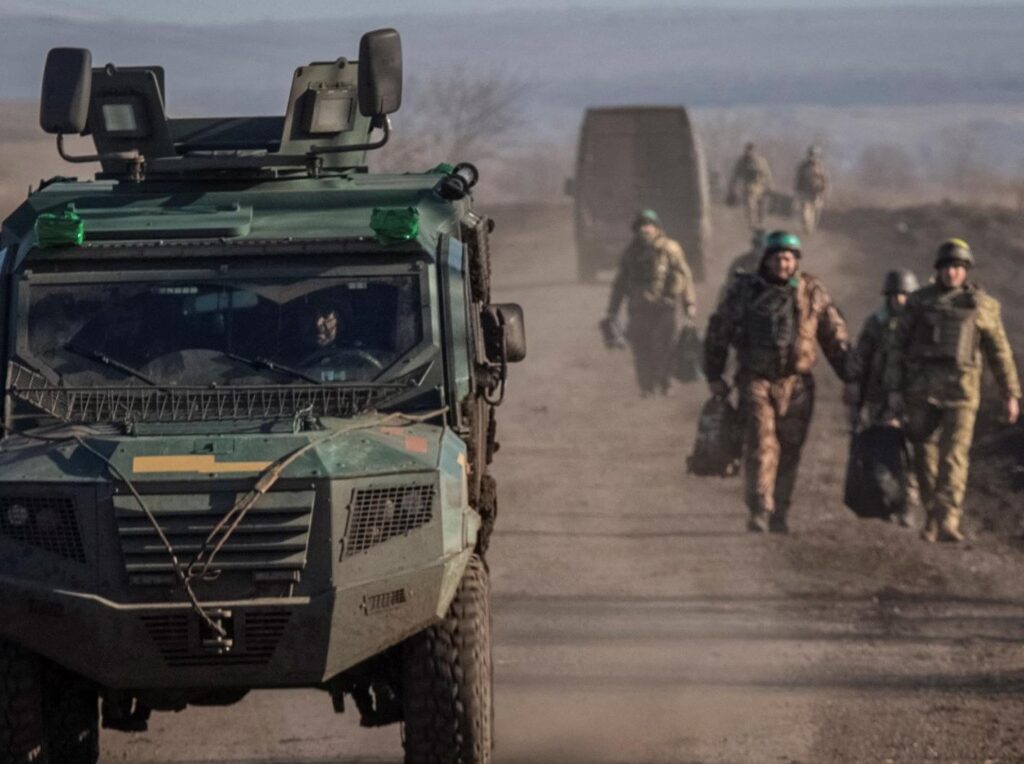This article explores the history of unconventional warfare and the innovative and surprising military equipment that has been used throughout history. It begins with the ancient weapon known as Greek Fire, developed by the Byzantine Empire, which was an incendiary weapon capable of igniting even when in contact with water. The article then discusses the trebuchet, a medieval siege engine that used a counterweight mechanism to launch projectiles with greater precision and range. The Puckle Gun, a unique early machine gun developed in the 18th century, and the Tsar Tank, a bizarre Russian invention from 1914, are also examined. The article concludes with the mention of Operation Quicksilver, a deceptive tactic employed by the Allies during World War II, and the revolutionary advancements of drones in recent years. Overall, the article highlights the ingenuity and adaptability of human creativity in unconventional warfare.
Unconventional Warfare: Innovative and Surprising Military Equipment Throughout History
Introduction
Throughout history, warfare has seen the development of various conventional weapons and equipment. However, there have also been instances where unconventional weaponry has played a significant role in conflicts. These innovative and surprising military equipment have often caught opponents off guard, giving the user a strategic advantage. This article explores some of the unconventional military equipment used throughout history.
Greek Fire: An Ancient Pyrotechnic Weapon
Greek Fire, an incendiary weapon, was one of the early examples of unconventional warfare. Developed by the Byzantine Empire during the 7th century, it was a mixture of various flammable substances that could ignite even when in contact with water. Greek Fire was a formidable weapon, as it could be projected in various ways, including through a tube or as handheld grenades. This weaponry gave the Byzantines an edge against naval invaders, as they could unleash fire upon enemy ships with incredible precision.
The Trebuchet: A Medieval Siege Engine
The trebuchet was a large siege engine used during the medieval period to launch massive projectiles at enemy fortifications. What made the trebuchet unconventional was its use of a counterweight mechanism instead of manpower to launch stones or other projectiles. This innovation allowed for greater precision and longer range compared to other contemporary siege weapons. Trebuchets were capable of causing significant damage to castles and city walls, often leading to a swift surrender by the besieged.
The Puckle Gun: An Unusual Early Machine Gun
In the early 18th century, the Puckle Gun was developed by James Puckle, an English inventor. This weapon, resembling a musket, featured a revolving cylinder that could hold multiple rounds. It is often considered an early precursor to the machine gun due to its capability to fire up to nine rounds in rapid succession. This innovation was far ahead of its time. Though the Puckle Gun never saw widespread use, it remains a significant example of unconventional military equipment.
The Tsar Tank: A Bizarre Russian Invention
The Tsar Tank, developed in 1914, was a peculiar invention of the Russian Empire. This unique armored vehicle, also known as the “Netopyr,” featured three large wheels, each with its independent suspension, allowing it to easily traverse uneven terrain. The main body of the tank was elevated above the wheels on large metal “legs.” This design aimed to overcome trenches and other obstacles, but proved to be impractical in practice. The Tsar Tank’s unusual appearance earned it a place in history as one of the most unconventional military vehicles ever created.
Operation Quicksilver: Deceptive Tactics in World War II
During World War II, the Allied forces employed unconventional military tactics to deceive the enemy. Operation Quicksilver, a part of the larger deception campaign Operation Fortitude, involved the creation of fictional military units, complete with inflatable tanks, trucks, and artillery. These deceptive measures aimed to mislead the German forces about the location and strength of Allied formations. By creating the illusion of a larger army, the Allies hoped to divert enemy resources and attention away from the actual invasion target.
Drones: Revolutionary Technological Advancements
In recent years, drones have emerged as a significant innovation in military equipment. These unmanned aerial vehicles have the ability to conduct reconnaissance, deliver supplies, and even carry out targeted strikes. Drones provide a unique advantage by reducing risk to human lives while being capable of reaching locations that may be inaccessible or too dangerous for conventional aircraft or ground troops. Their ability to operate autonomously or be remotely controlled makes drones an invaluable asset in modern warfare.
Conclusion
Unconventional warfare has seen the development of innovative and surprising military equipment throughout history. From ancient incendiary weapons like Greek Fire to the modern marvel of drones, these unconventional weapons have often given the user a tactical edge. The ingenuity behind these inventions is a testament to human creativity and adaptability. As military technology continues to evolve, it is likely that more unconventional equipment will be developed, further shaping the nature of warfare.
